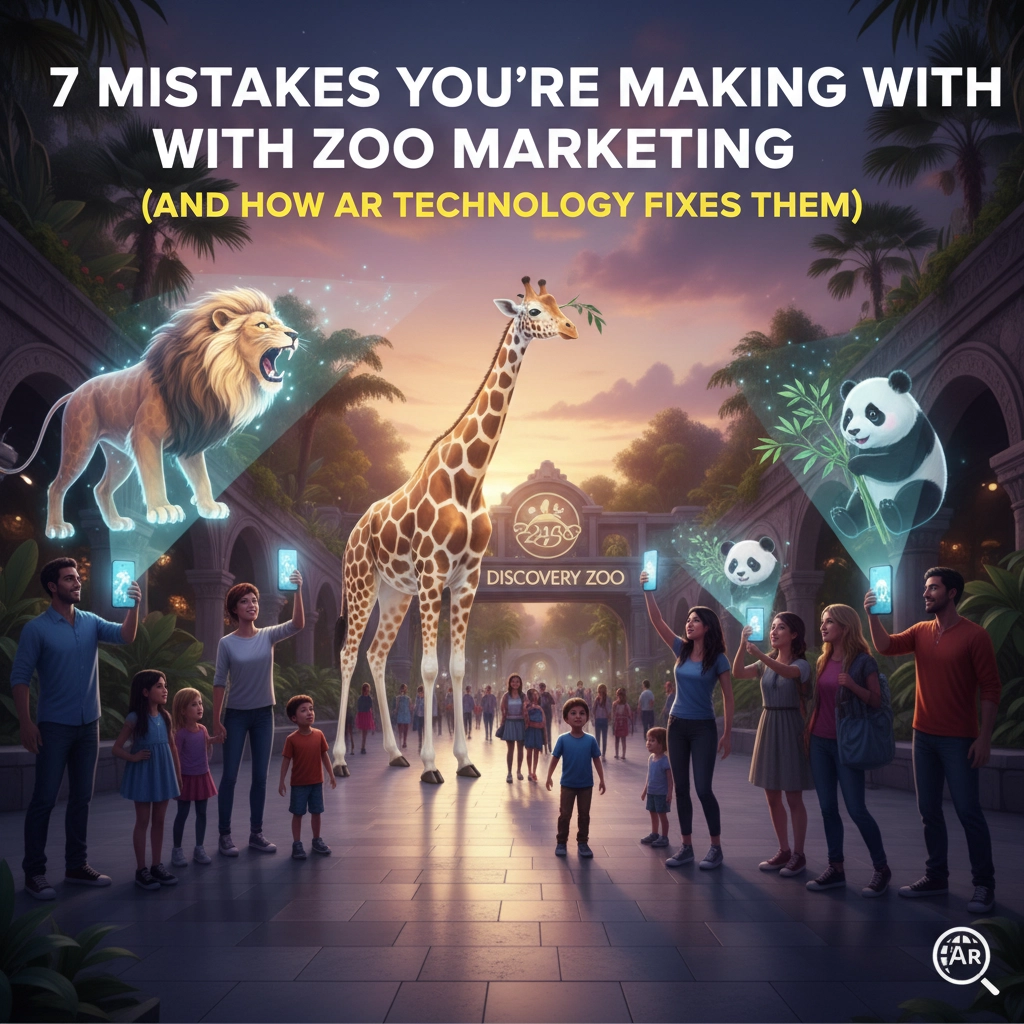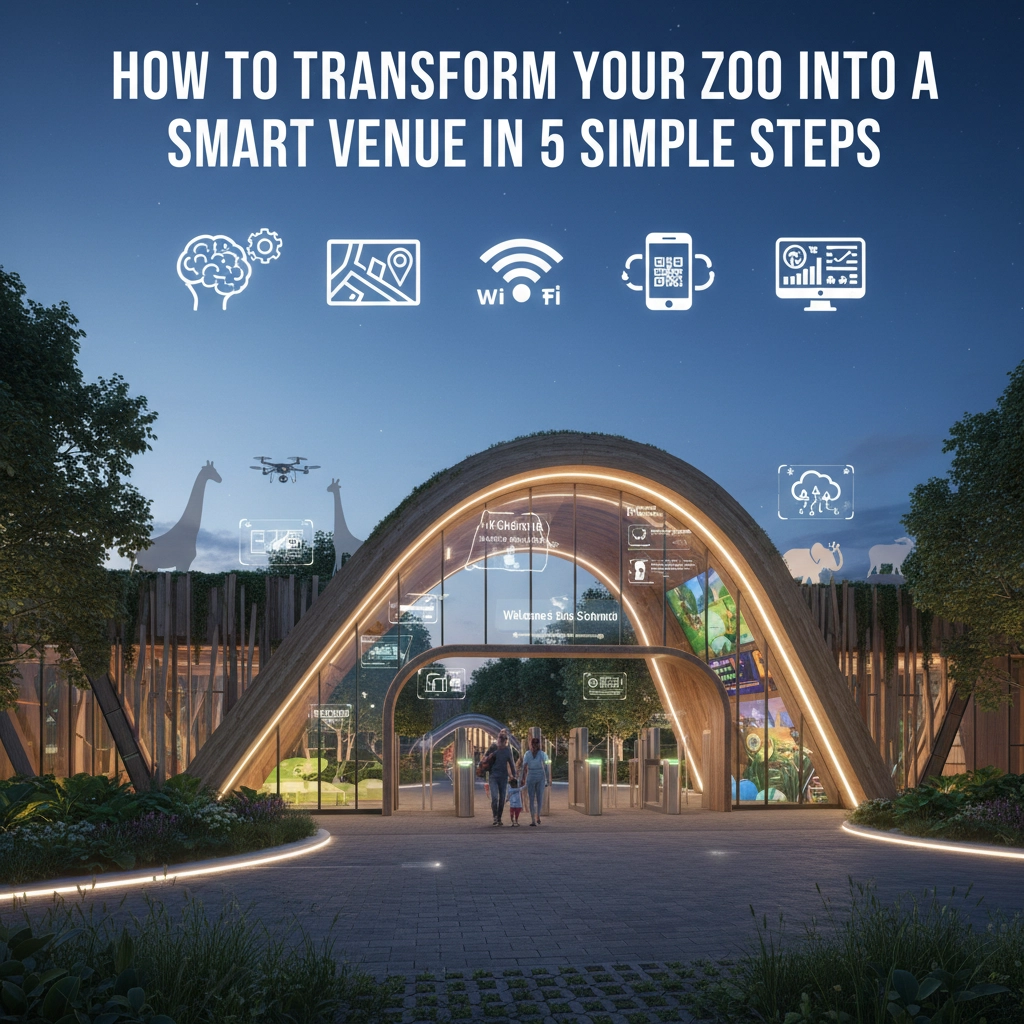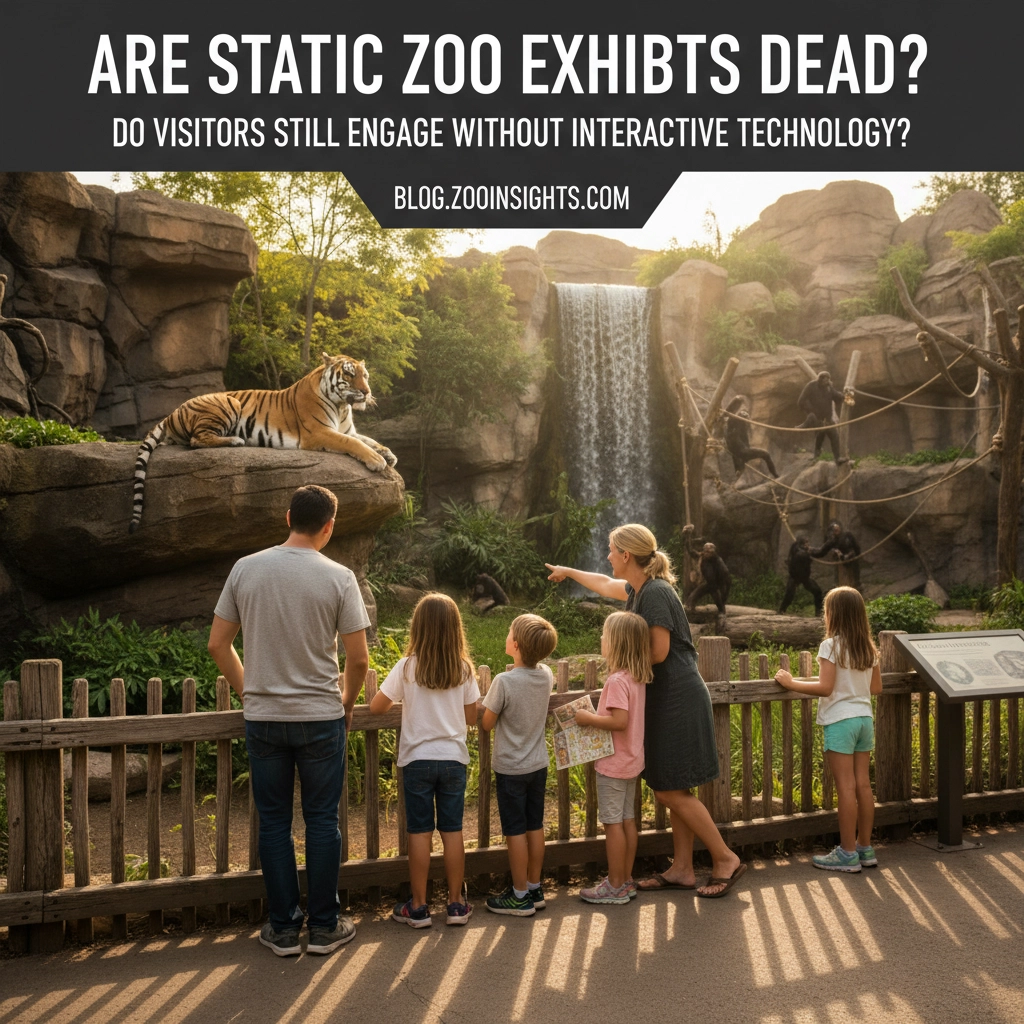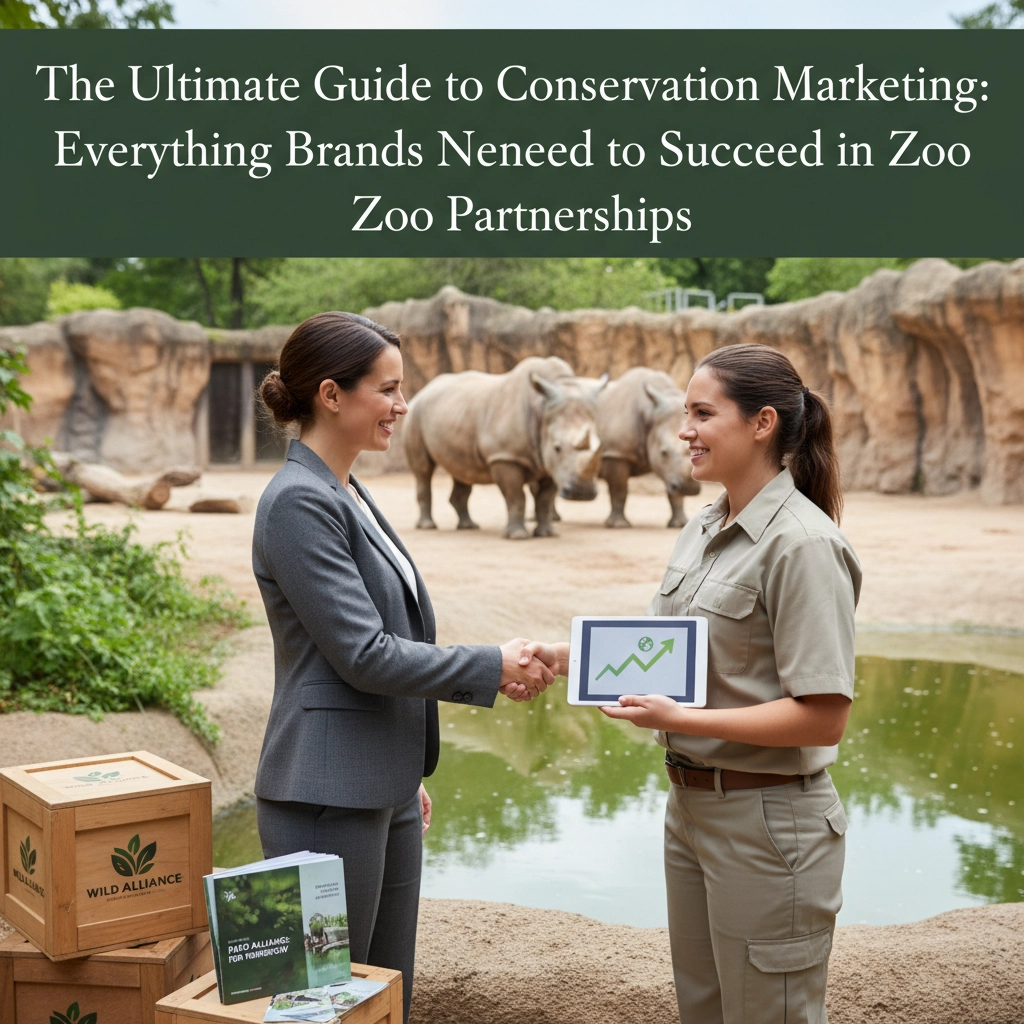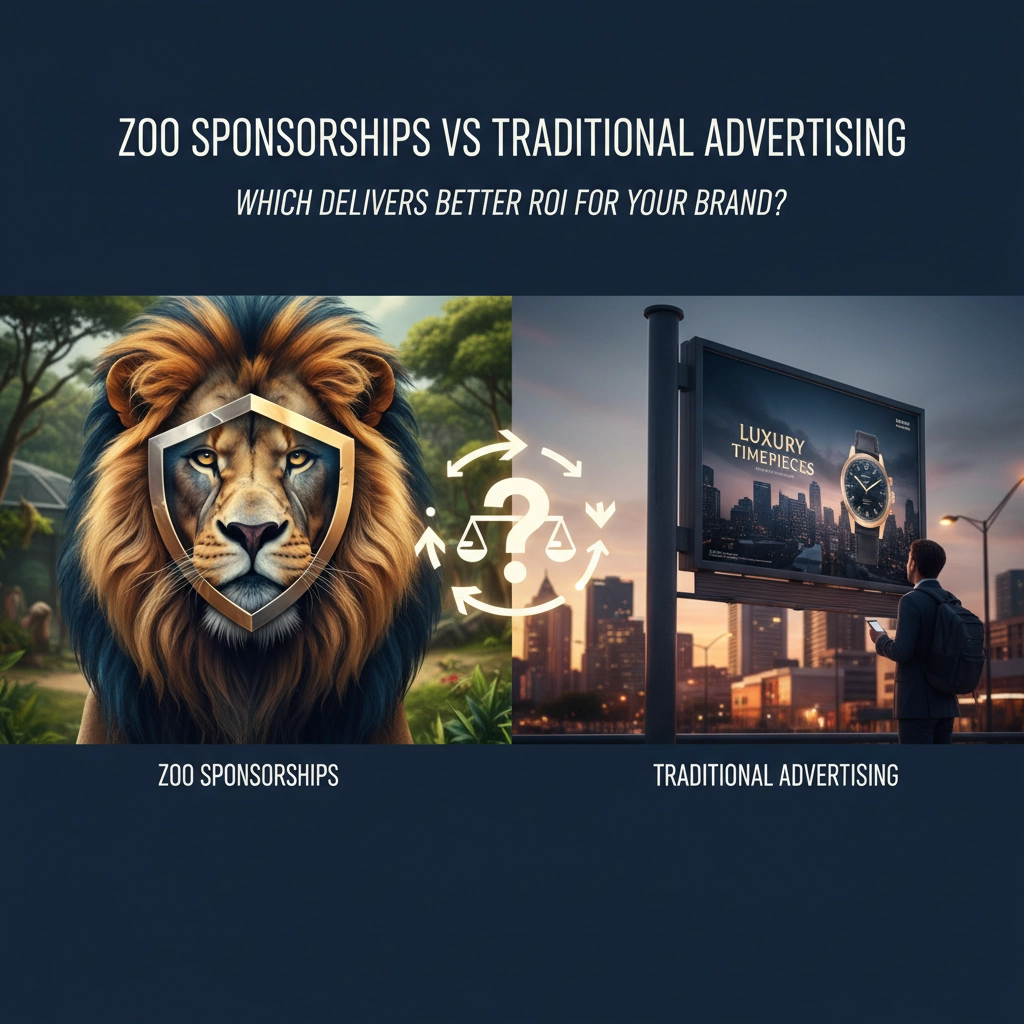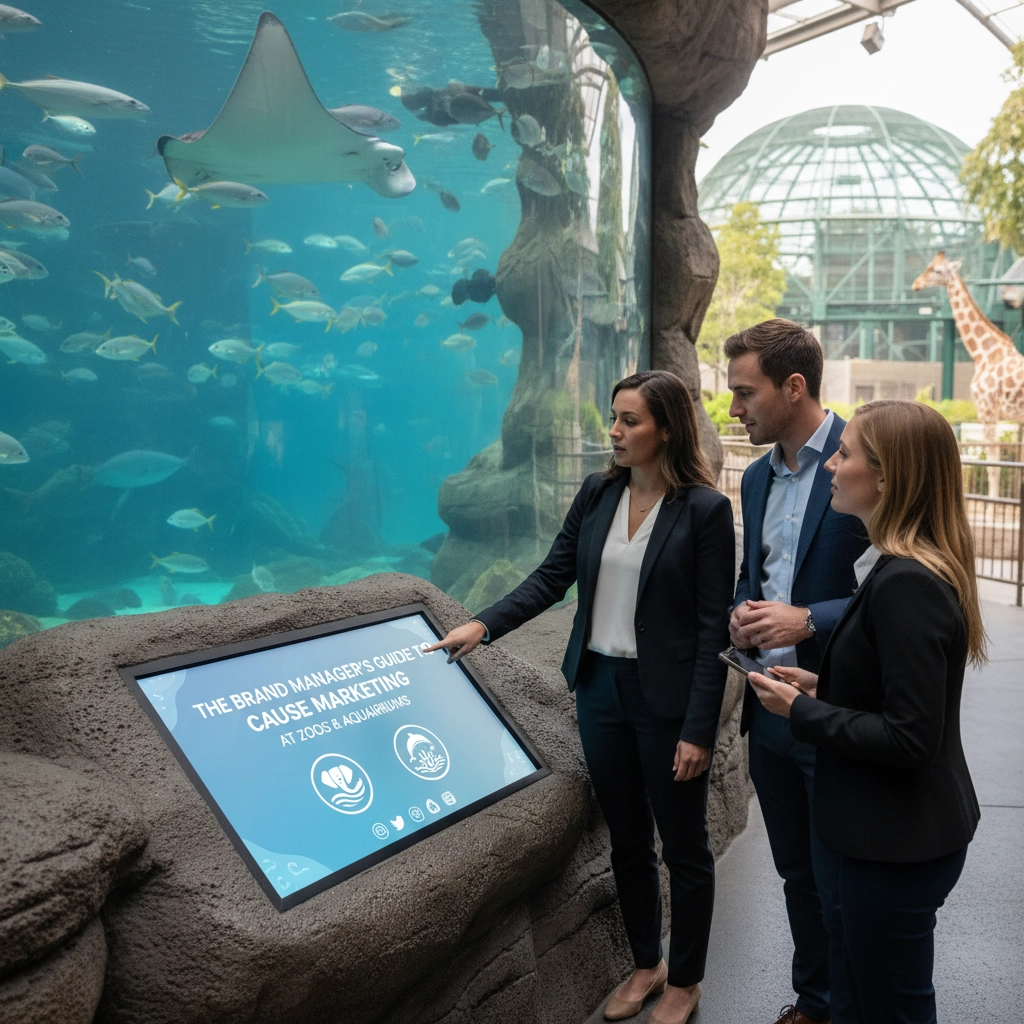Zoo marketing has evolved dramatically in recent years, yet many institutions still struggle with outdated approaches that fail to engage modern audiences. While traditional marketing methods once sufficed, today's visitors expect interactive, tech-savvy experiences that go far beyond simple animal displays.
The good news? Augmented Reality (AR) technology offers powerful solutions to transform how zoos connect with visitors, boost engagement, and drive revenue growth. Let's explore the seven most common zoo marketing mistakes and discover how AR can revolutionize your approach.
Mistake #1: Treating Animals Like Theme Park Attractions
Many zoos make the critical error of marketing animals as entertainment commodities rather than living ambassadors for conservation. This approach not only damages your institution's reputation but also misses opportunities to connect with environmentally conscious visitors who care about wildlife preservation.
The AR Solution: AR technology transforms static exhibits into immersive conservation storytelling experiences. Instead of simply showcasing animals, you can use AR to share compelling narratives about habitat restoration, breeding programs, and species recovery efforts. Visitors can point their phones at exhibits to access virtual conservationists who explain rescue missions, or watch AR animations showing how their admission fees directly support wildlife protection.
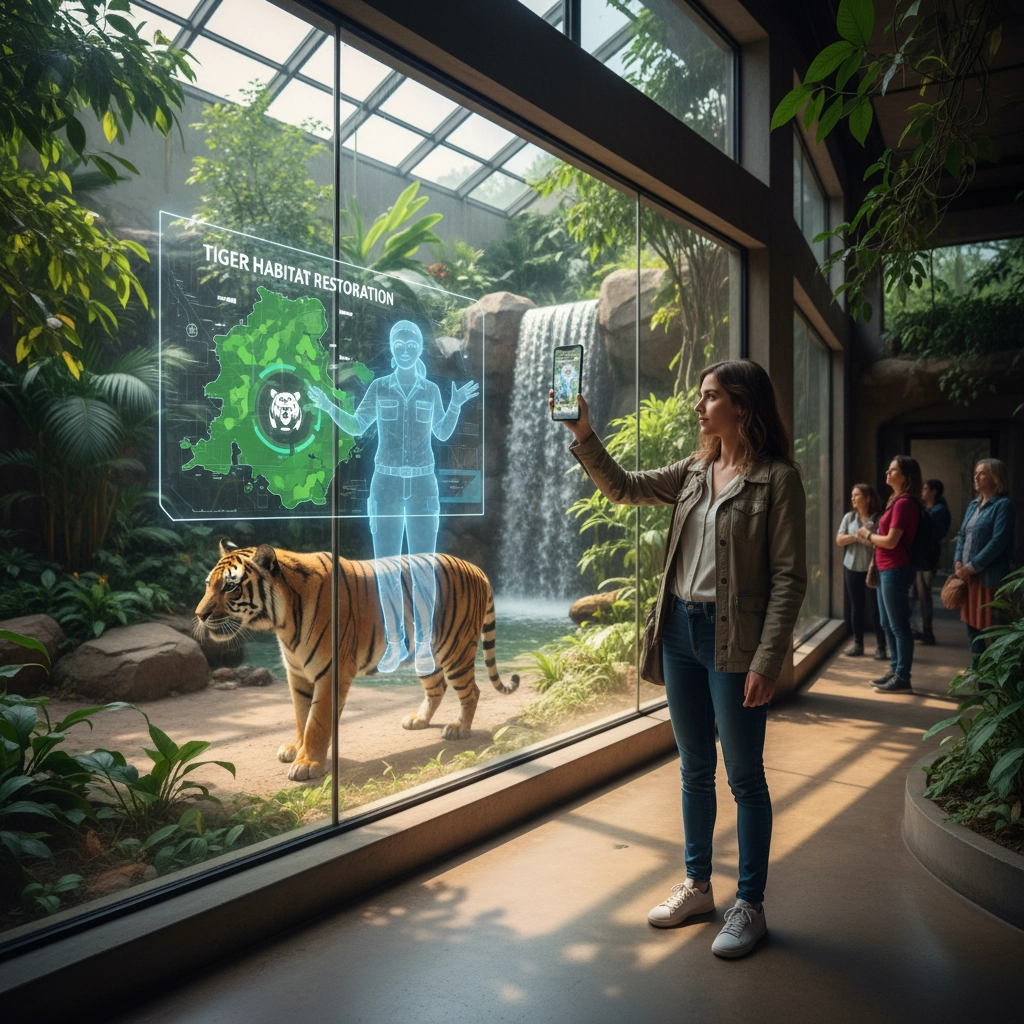
Mistake #2: Inconsistent Brand Messaging Across Platforms
Zoo marketing teams often struggle with maintaining cohesive messaging across websites, social media, and physical signage. This fragmented approach confuses visitors and weakens brand identity, making it harder to build lasting connections with your audience.
The AR Solution: AR experiences provide consistent, branded interactions across all touchpoints. Whether visitors access AR features through your mobile app, encounter QR codes on-site, or use Instagram filters featuring your animals, every digital interaction reinforces your brand identity. The Detroit Zoo's innovative Snapchat AR filter on their iconic water tower perfectly demonstrates how a 95-year-old institution can embrace cutting-edge technology while maintaining brand consistency.
Mistake #3: Random Social Media Posts Without Strategic Purpose
Too many zoos post content without clear objectives, resulting in wasted resources and minimal engagement. Random animal photos and generic updates fail to drive meaningful interactions or advance marketing goals.
The AR Solution: AR creates inherently shareable moments that serve strategic marketing purposes. Every AR interaction becomes a natural content creation opportunity. When visitors take selfies with holographic tigers or record videos of virtual dinosaur encounters, they're not just engaging with your exhibits – they're becoming brand ambassadors who amplify your reach organically through their social networks.
Mistake #4: Ignoring Younger Demographics' Expectations
Many zoos continue using marketing approaches that appeal primarily to older generations, missing opportunities to attract tech-savvy millennials and Gen Z visitors who expect interactive, personalized experiences.
The AR Solution: AR technology immediately modernizes your zoo's image and attracts younger audiences eager for interactive adventures. By offering AR scavenger hunts, virtual animal interactions, and Instagram-worthy photo opportunities, you position your institution as innovative and relevant to digital natives who value experiential entertainment over passive observation.

Mistake #5: Creating Passive, One-Dimensional Experiences
Traditional zoo marketing often relies on passive content consumption – visitors read signs, watch animals, and leave. This approach fails to create deep engagement or memorable experiences that encourage return visits.
The AR Solution: AR transforms static exhibits into dynamic, interactive experiences that actively engage visitors. AR mirrors allow guests to pose with virtual animals, AR murals turn walls into animated storytelling canvases, and location-based AR games encourage exploration while creating shareable content. These interactive elements keep visitors engaged longer and create more meaningful connections with your conservation mission.
Mistake #6: Missing Revenue and Sponsorship Opportunities
Many zoos overlook innovative ways to generate additional revenue streams through their marketing initiatives. Traditional sponsorship models often feel forced or disconnected from the visitor experience.
The AR Solution: AR opens new opportunities for integrated sponsorships and premium experiences that feel natural and valuable. Conservation organizations can sponsor AR educational content, technology companies can partner on interactive installations, and premium AR features can offer additional value to visitors willing to pay for enhanced experiences. These partnerships feel authentic because they directly enhance the visitor experience while supporting your mission.
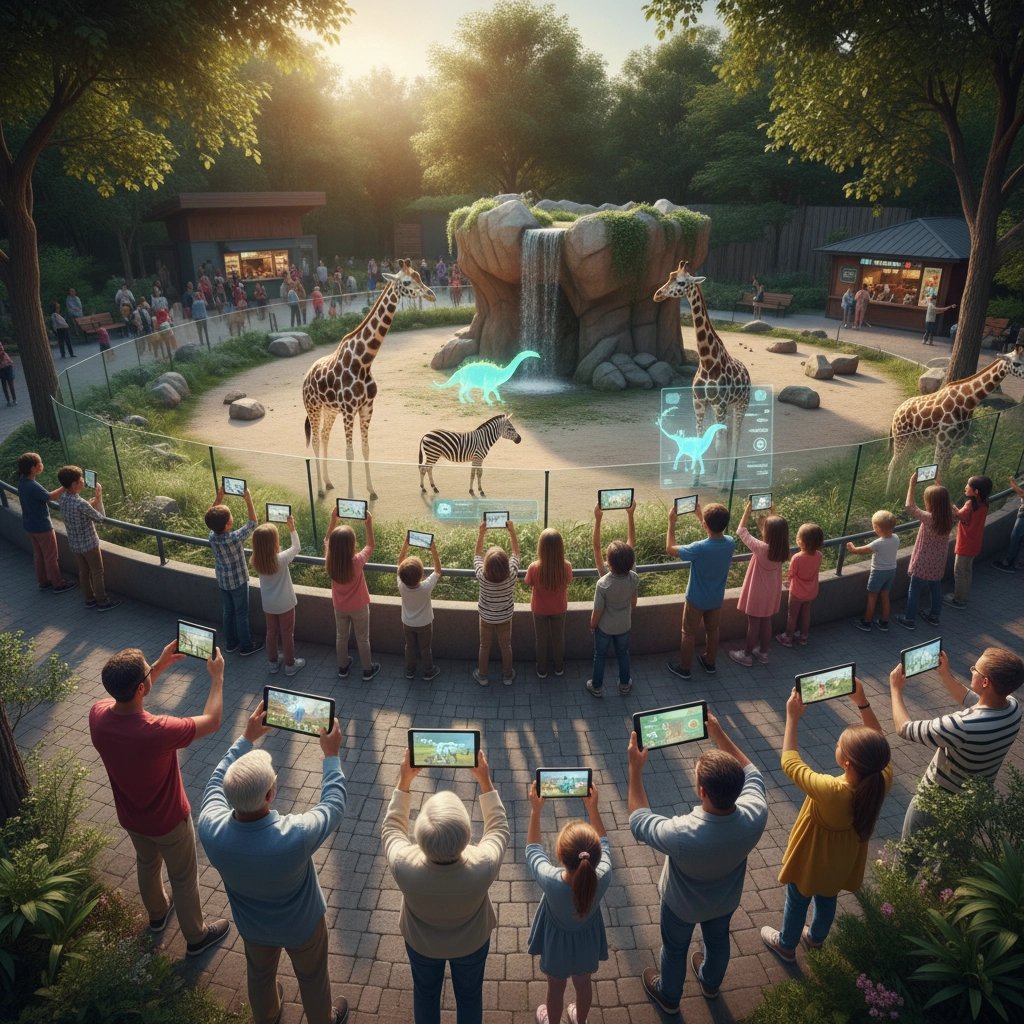
Mistake #7: Failing to Extend Engagement Beyond the Visit
Most zoo marketing efforts don't create lasting connections that encourage ongoing engagement or repeat visits. Once visitors leave, the relationship often ends until their next physical visit.
The AR Solution: AR experiences extend engagement far beyond the zoo gates through social media integration and mobile apps. Custom Instagram filters featuring your animals keep your zoo top-of-mind when visitors use them at home. AR-enabled educational content allows families to continue learning about conservation from anywhere, building deeper connections with your mission and encouraging future visits.
Real-World AR Success Stories in Zoo Marketing
The implementation of AR technology in zoos has moved beyond experimental phases into proven success stories. Institutions worldwide have documented significant improvements in visitor satisfaction, social media engagement, and revenue generation through strategic AR integration.
These technologies create memorable experiences that meet modern audience expectations while supporting core educational missions. Visitors become active participants in wildlife stories rather than passive observers, making conservation concepts more relatable and actionable.
Getting Started with AR Marketing for Your Zoo
Implementing AR technology doesn't require massive budgets or complete operational overhauls. Start with simple Instagram filters or QR code-activated content that enhances existing exhibits. As you build expertise and measure results, you can expand into more sophisticated applications like location-based experiences and sponsored content partnerships.
The key is focusing on experiences that genuinely enhance visitor engagement while advancing your conservation and educational goals. AR should feel like a natural extension of your mission, not a disconnected technological gimmick.
Ready to Transform Your Zoo Marketing?
AR technology offers zoos unprecedented opportunities to engage visitors, amplify conservation messages, and generate new revenue streams. By addressing these seven common marketing mistakes with innovative AR solutions, your institution can create more meaningful visitor experiences while building stronger community connections.
For expert guidance on implementing AR marketing strategies that drive results, contact Dan Kost, CEO at Zoo Media. Our team specializes in helping zoos leverage cutting-edge technology to achieve their marketing and conservation goals.
Contact Zoo Media:
- Website: zoomedia.us
- AI Receptionist: +1 (323) 676-0621
- CEO: Dan Kost
Transform your zoo marketing today with strategies that engage modern audiences while advancing your conservation mission.
#ZooMarketing #AugmentedReality #DigitalMarketing #Innovation #ConservationMarketing #VisitorEngagement #TechnologyInZoos

